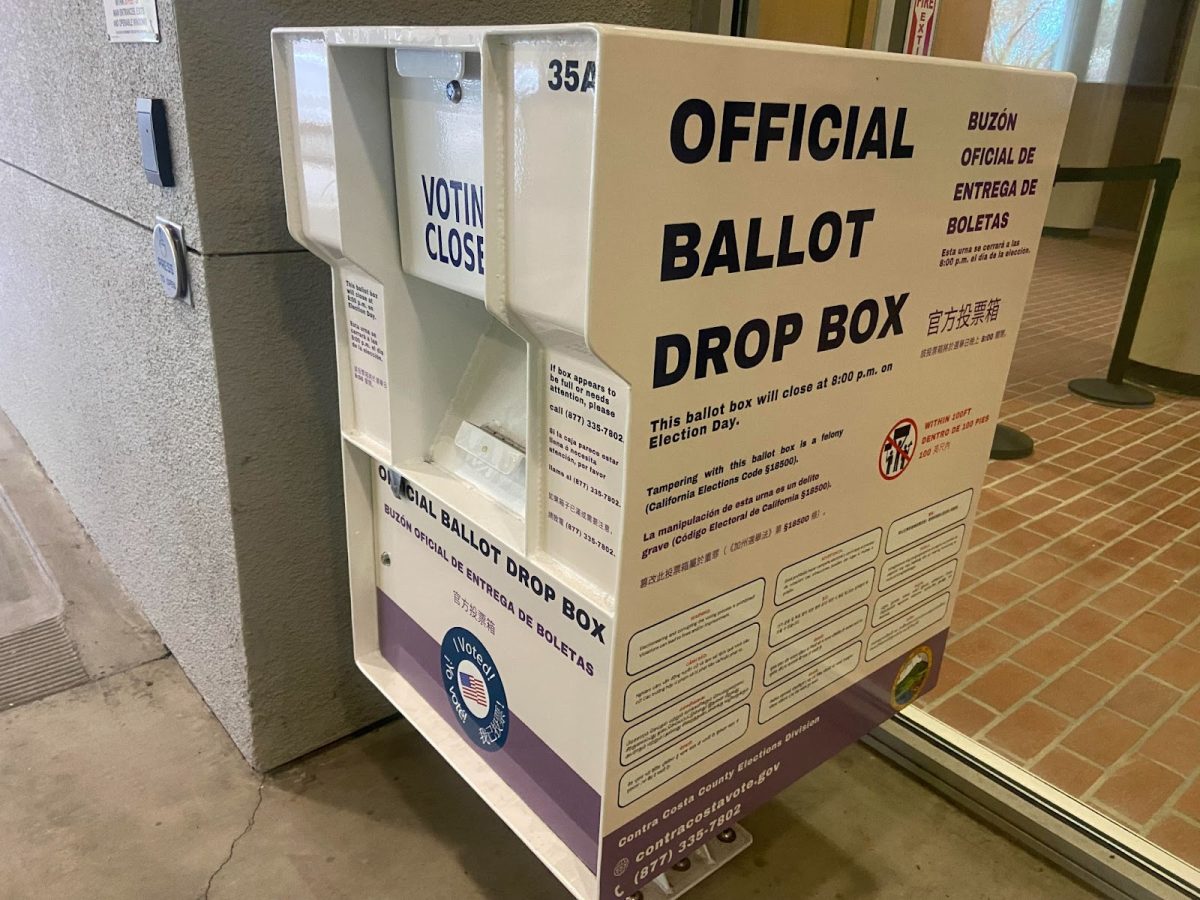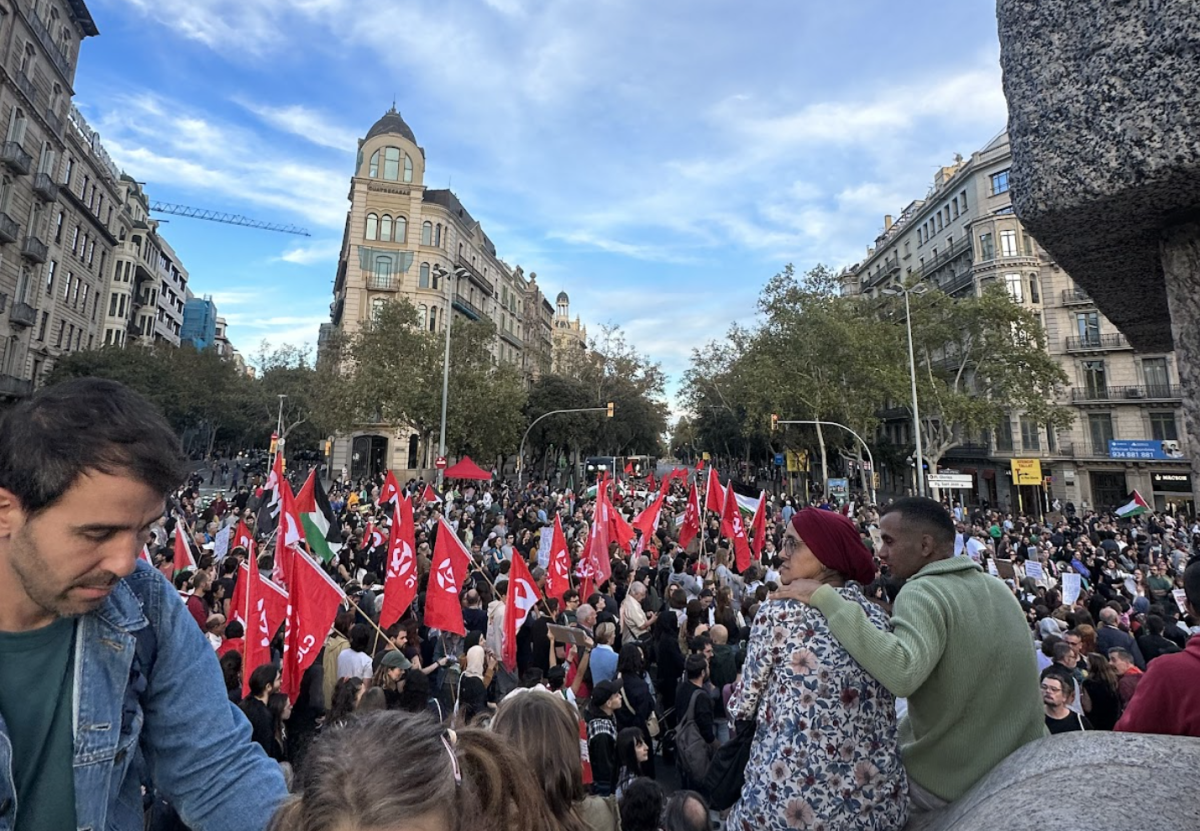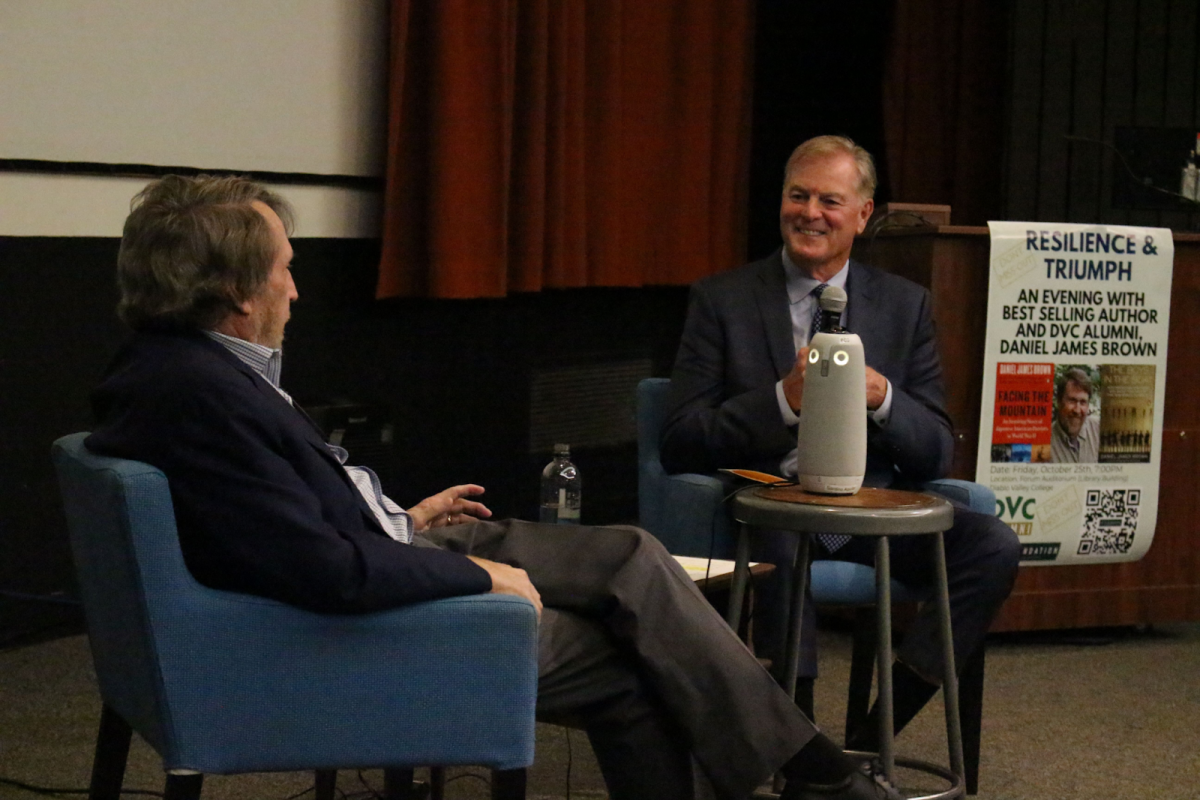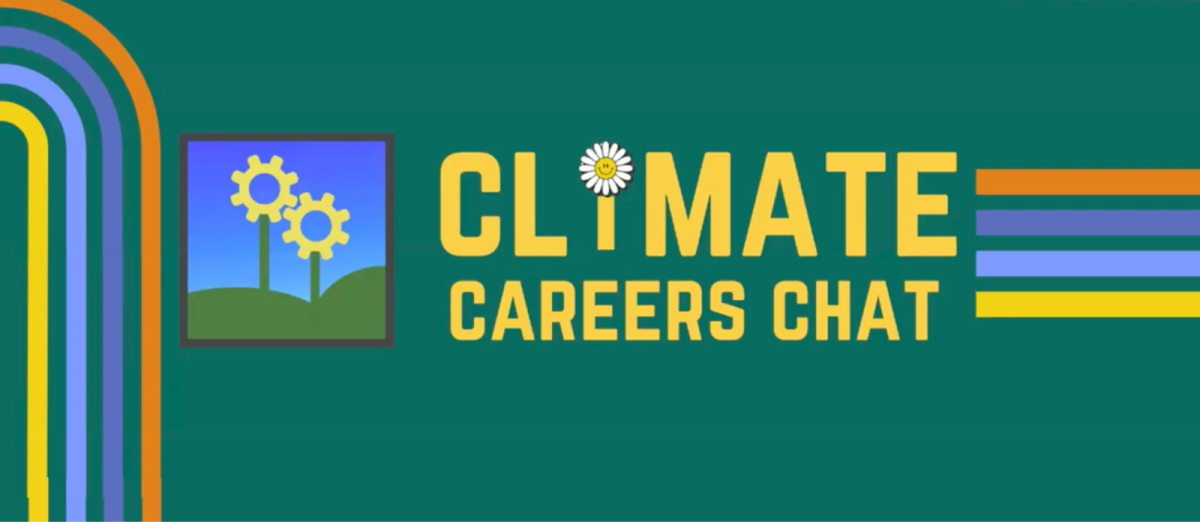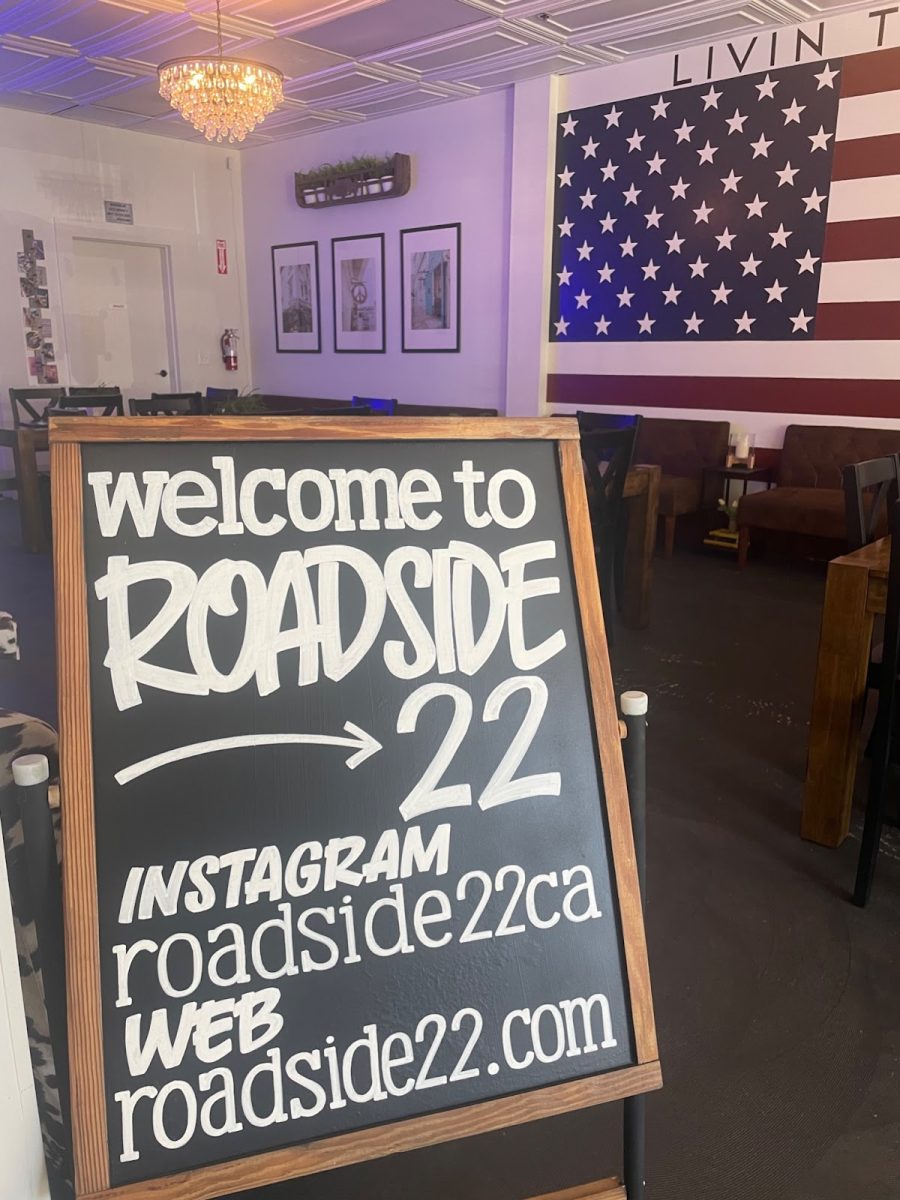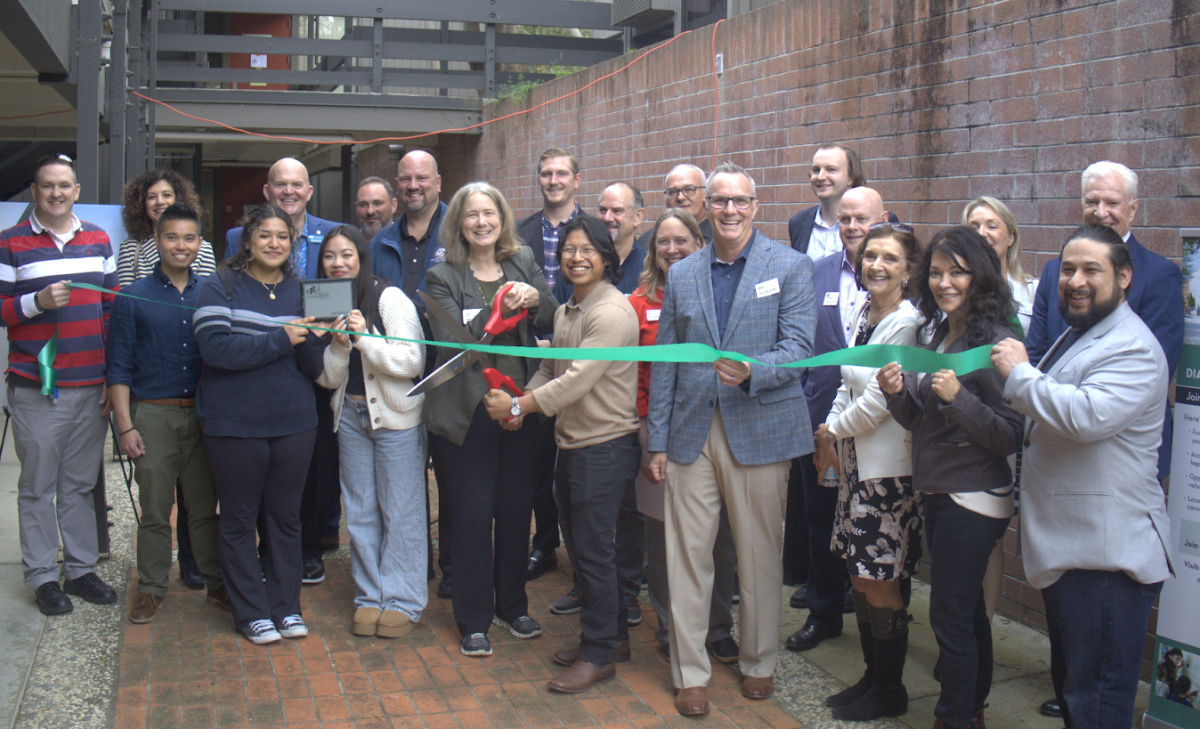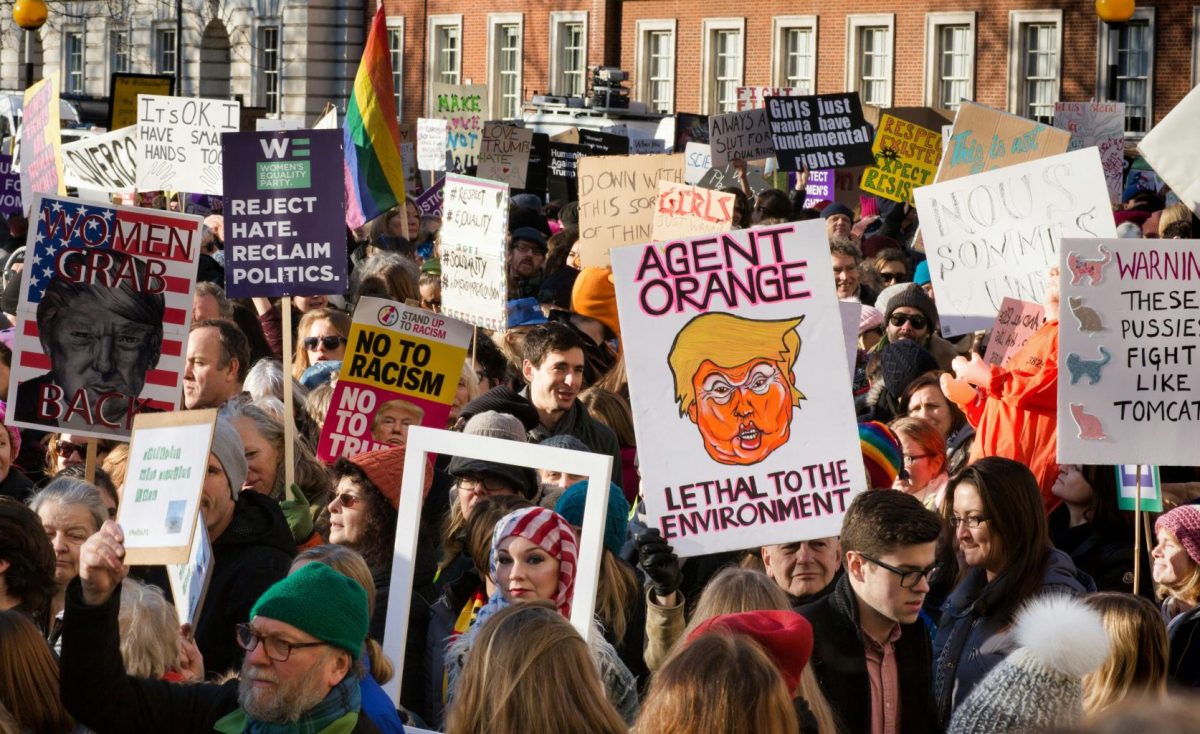Everyone has met or at least seen one around campus: maybe they have dreadlocks, or do yoga or meditate every day, recycle everything, or swear by the power of healing herbs or crystals. So -called “neo-hippies”, followers of the New Age spiritual movement.
New Agers pride themselves on being open-minded and having an “alternative lifestyle”.
They have alternative beliefs, use alternative medicines, and usually have an alternative appearance.
Some are making a conscious effort not to be part of our consumer society, to not use modern medicine, or to buck a restricting religion or set of values that they were raised with.
They have a growing concern for environmental and foreign policy.
Many young people are getting frustrated with the government and seek freedom from excessive laws and incompetent representatives.
The Occupy protests attracted many in the New Age movement, believing that non-violent dissent was a way to change our society for the better.
“What really attracted me at first was the art,” says student Sara Noelle. “I just started looking at all kinds of art and it was different from anything I’d seen before. I just feel like this lifestyle has so many creative outlets for your energy. As I’ve explored the possibilities and met new people it has expanded my mind and really helped me discover myself.”
Most like the sense of community they have with similar-minded people and the acceptance they feel. Margie Santoya, a student who turned to holistic medicine after a major accident, agrees.
“I love the people I connect with. This is an avenue of stress release that we’re all trying,” Santoya says. “I’ve found meditation and being around people with good energy is very effective. I also get more information from the people I meet.”
Some just do it because it’s cool. A New Age lifestyle is not the only way to go about expressing individualism, but it seems to have caught on particularly with college students in the Bay Area. The more liberal atmosphere is conducive to trying new things and rediscovering old ones, like crystals, herbal remedies, and methods of utilizing spiritual energy.
The Bay area has traditionally been more open to yoga, Buddhism, and New Age interests in general. There have been multiple Buddhist centers and temples in the area for years, but Buddhism is exploding in the United States.
The tradition of nonviolence, oneness, and spiritual discovery has attracted many, especially young people. According to Pew Research Center, Buddhism’s number of adherents has doubled since the mid-1990s.
The number of people in the United States who practice yoga has grown rapidly as well, rising from 4.3 million in 2001 to 14.3 million in 2010.
On campus, the Mind-Body Healing Club focuses on finding more holistic healing methods from all over the world, especially preventative medicine. The president, Maria Manila, disagrees that the move to a more alternative lifestyle, particularly in medicine, is a trend.
“It’s been coming for years now,” Manila says. “All these different cultures and influences are coming together and changing our attitudes. I think people are getting concerned about what’s happening to our environment and overpopulation. They’re realizing that if they want to take care of themselves and take care of the planet, this is the way to go.”
It’s not just the appeal of the lifestyle either.
“People have been driven to extremes by the high cost of health care,” Manila says. “I encourage people to use natural medicine, but there needs to be a balance between modern medicine and holistic, preventative care. Both have their merits, it’s just that the natural way hasn’t been represented in American medical practice.”











